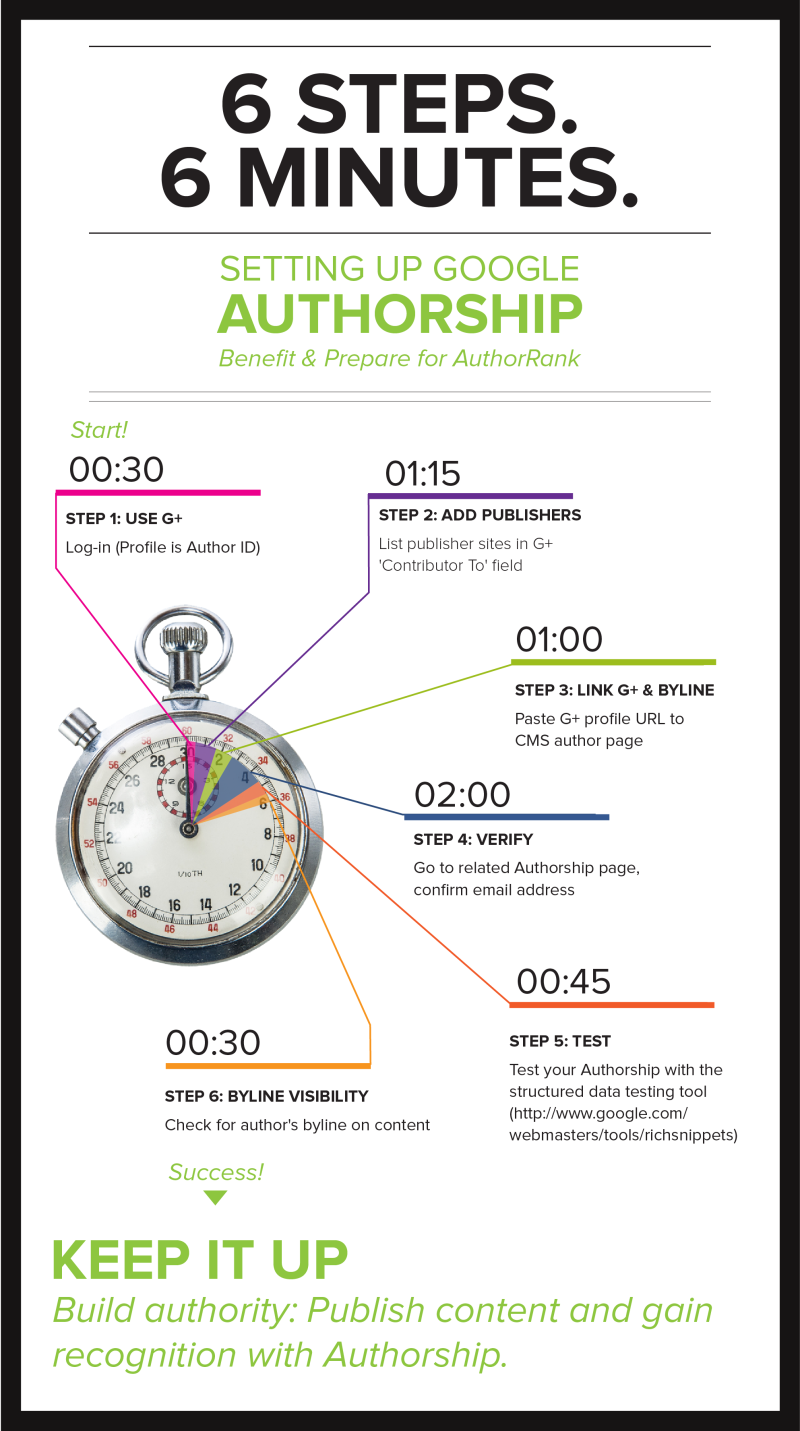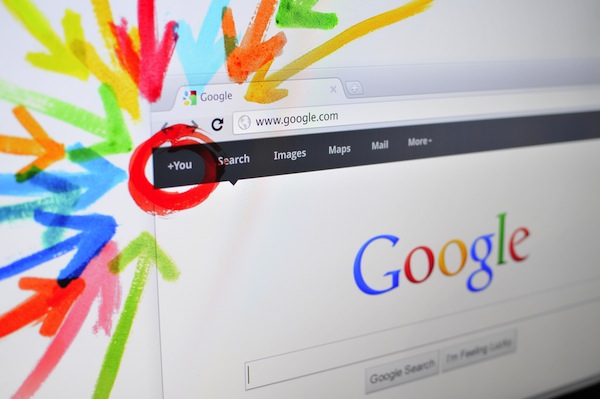Google+ is rapidly becoming the most important social network that you just can’t afford to ignore.
My use and understanding of Google+ has been evolving for some time, but recently it seems to have reached a tipping point.

Why should you use Google ?
There are lots of good reasons to pay attention to Google+, but for me it comes down to these three:
 1. Search is becoming social
1. Search is becoming social
Search is the dominant way people find content. It used to be about matching keywords to results. Complex algorithms were used to identify the most relevant and authoritative content. But that is changing. I strongly recommend that you read Brien Shanahan’s excellent piece on Google’s Hummingbird algorithm changes and what it means for the future of search engine optimization.
Social networks are are evolving as quality filters for the massive content available in the internet. Think of it this way. You have to decide where you’re going for dinner for your anniversary next week. You can search Google and try and find a list of best restaurants and check some menus and read some reviews and decide. Or you can post to your network that you’re looking for a place to go, wait for your foodie friends with the best taste to make a few recommendations, look for overlap, check a few websites quickly and then decide.
Increasingly, Google’s search algorithm is paying attention to these social signals that surround all content that is being discussed in social networks. Who likes what, who has authority on a topic, who has a large audience of followers, whose audience has a greater number of influencers, etc. – these are all relevant data points when Google displays search results.
So it make complete sense that Google wants to build it’s own social network because then it has control over that data and it can use that data to deliver better, more relevant search results to its users.
Basically, it boils down to this: Google has developed Google+ to collect social signals which are more important for determining search results. If you want to be found in search results, then you really ought to start using Google+.
2. Google Authorship is becoming a filter for quality content
Google has been fighting a war against bad quality content for most of its existence. Content that is poor quality and irrelevant but rises to the top of search results because of clever manipulation of the underlying Google search algorithm does a disservice to Google’s brand – and they know it.
Enter Google Authorship, a method of connecting your Google+ profile to your blog and other places where you publish content on the web, so you can help Google find your quality content.
When you set up Google Authorship and tie your content to your Google+ profile, you make it easier for Google to track social signals associated with your content, such as when other Google+ users +1 your content or reshare it or engage in discussion around it.
As an incentive, once you’ve signed up for Authorship, Google displays your profile avatar in search results pages next to any content that you have authored, thereby increasing the visibility of that content to anyone viewing the page.
Authorship is only one tool in a growing effort by Google to raise the profile of content creators as a strategy for identifying quality content. There is considerable speculation and evidence to suggest that Google is developing an “AuthorRank” system, similar to its PageRank system, that will be used to connect search queries to the best content. Check out How to Prepare for AuthorRank and get the Jump on Google if you don’t want to be playing catchup to your competitors as this system materializes.
For instructions on how to set up Google Authorship using your Google+ profile, I recommend that you read Mark Traphagen’s excellent article entitled How to Show Your Author Photo in Google Search Results.
3. Google has the best user experience of any social network
Google has had the advantage of watching the development and evolution of LinkedIn, Facebook and Twitter before creating Google+, so it should come as no surprise that the smart people at Google incorporated the best features of these networks into Google+ while overcoming some of their biggest flaws.
Anyone that uses LinkedIn, Facebook or Twitter regularly is familiar with the user interface shortcomings of these networks. Google+ makes sharing links and content easier and it’s notification system is better. There is no 140 character limit like Twitter imposes and you can format posts in helpful ways.
Conversations and interactions in Google+ are also better designed in my opinion and when integrated into related products such as Google Mail and the Chrome browser, Google+ blows LinkedIn, Facebook and Twitter out of the water.
The fact is, nobody chooses LinkedIn or Facebook because of their user interface. Twitter may be an exception because I think the compactness of it’s 140 character limit has some benefits that resonate particularly in real-time news and networking environment. We choose to use those networks because they have massive market penetration – in other words, the people we want to connect with are using those networks.
This has not been the case with Google+ in the past, but this is changing. Increasingly, I am finding more of the people I am looking for on Google+ as the network grows and as people wake up to the fact that search is becoming more social.
How I use Google
Despite these bullish arguments for using Google+, I must confess I am still only scratching the surface of the vast range of ways I could be using Google+.
Here’s what I’ve found to be particularly useful on Google+:
- Curation: I find excellent content shared by others on Google+. I also enjoy the fact that Google+ really lends itself to a richer content experience that any of the other social networks.
- Communities: Whereas many of the LinkedIn Groups I frequent are often full of noise, I find the handful of Google+ communities that I participate in to be of considerably higher signal to noise quality.
- Hangouts: This is basically a built in video conferencing functionality that is convenient and easy to use in place of a telephone conversation.
I am still not taking advantage of many features, such as Events, Hangouts on Air or some of the image sharing tools.
How to find more information and Resources about Google
Here are a few exceptional sources of information about Google+.
Mark Traphagen focuses an enormous amount of time and attention on Google+. His Guides to Google+ for Business and Personal Use is a treasure trove.
Also, this collection of Google+ resources embedded below should go a long way to answering your how-to questions.
 1. Search is becoming social
1. Search is becoming social

